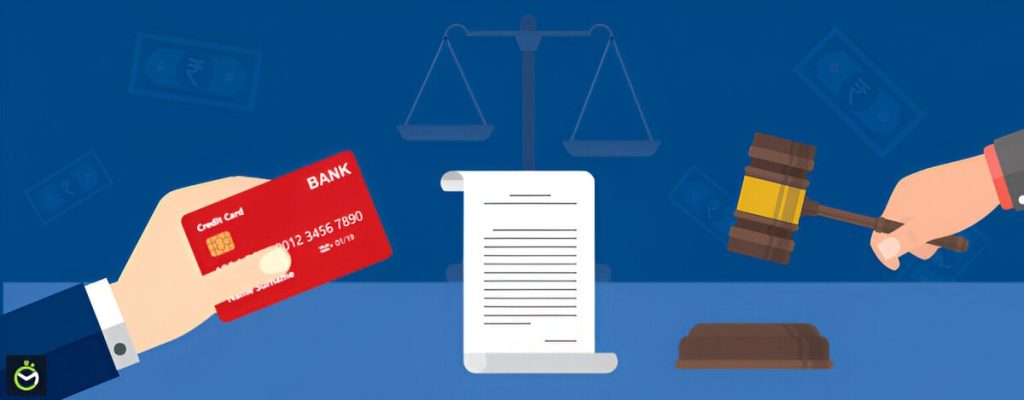Credit card disputes offer a way to challenge unauthorized charges, billing errors, and unfulfilled purchases. To succeed in a dispute, understanding the process is essential. This guide outlines the necessary steps, key facts, and strategies to increase your chances of winning a dispute.
Understanding Credit Card Disputes
The Fair Credit Billing Act (FCBA) of 1974 grants consumers the right to dispute certain charges. According to the Federal Reserve, about 48% of U.S. credit card holders have filed a dispute. However, only specific issues qualify for disputes.
What Can Be Disputed
- Unauthorized charges: These occur when someone uses your card without your consent. In 2022, U.S. consumers reported over $8 billion in fraudulent charges.
- Billing errors: Examples include being charged twice for the same transaction or incorrect amounts.
- Non-delivery of goods/services: If you paid for something that was not delivered or was misrepresented, you can dispute the charge.
What Cannot Be Disputed
- Buyer’s remorse: Regretting a purchase isn’t grounds for a dispute.
- Charges outside the dispute window: Most issuers require disputes to be filed within 60 days of the statement date.
Table 1: Common Reasons for Credit Card Disputes (2023)
| Reason | Percentage of Total Disputes | Example |
|---|---|---|
| Unauthorized Charges | 37% | Fraudulent online purchases |
| Billing Errors | 25% | Charged twice for the same transaction |
| Non-Delivery of Goods/Services | 22% | Paid for a product that was never delivered |
| Product/Service Not as Described | 16% | Received a different item than what was advertised |

The Credit Card Dispute Process
Understanding the steps involved in the dispute process can help ensure a successful outcome.
Step 1: Identify the Issue
Review your statements regularly to spot unauthorized or erroneous charges. A 2021 J.D. Power study found that consumers who check their statements monthly are 35% more likely to catch fraudulent activity early.
Step 2: Contact the Merchant First
Attempt to resolve the issue with the merchant before filing a dispute. Many disputes, such as incorrect charges or undelivered goods, can be settled directly with the merchant.
Step 3: File the Dispute with Your Credit Card Issuer
If the merchant doesn’t resolve the issue, file a dispute with your card issuer. Filing methods:
- Online or mobile app: Most issuers have an online dispute process.
- Phone: Call the customer service number on your card.
- Mail: Some issuers require written disputes for complex cases.
File your dispute within 60 days of the statement date. According to Mastercard, issuers must acknowledge your dispute within 30 days and resolve it within two billing cycles (90 days).
Step 4: Provide Evidence
Provide solid evidence to support your claim, including:
- Receipts and invoices
- Emails or other correspondence with the merchant
- Photos or screenshots of the product/service received
Table 2: Essential Documents for Supporting a Credit Card Dispute
| Document Type | Purpose | Example |
|---|---|---|
| Receipts/Invoices | Proof of purchase and amount charged | Original sales receipt |
| Correspondence | Evidence of communication with the merchant | Email exchanges, chat transcripts |
| Photos/Screenshots | Visual proof of product/service received | Photo of received product that differs from what was advertised |
Step 5: Follow Up and Be Persistent
Persistence is key. If your initial dispute is denied, appeal it. Provide any additional evidence to strengthen your case and keep records of all communications.

Tips for Increasing Your Chances of Winning
Winning a credit card dispute requires a clear strategy:
- File Quickly: The sooner you file, the stronger your case.
- Keep Records: Retain all receipts, correspondence, and relevant documents. Evidence is crucial if the dispute escalates.
- Know Your Rights: Familiarize yourself with the Fair Credit Billing Act (FCBA) and related consumer protection laws.
- Use Certified Mail: When sending written disputes, use certified mail to ensure proof of delivery.
Common Pitfalls to Avoid
Avoid these common mistakes:
- Lack of Evidence: Without strong evidence, your dispute may be denied.
- Not Following Up: Follow up regularly to check the status of your dispute.
- Friendly Fraud: Disputes filed by mistake, such as when a family member makes a purchase without the cardholder’s knowledge, are often denied. According to Stripe, friendly fraud accounts for nearly 40% of all disputes.
Table 3: Comparison of Credit Card Dispute Processes by Major Issuers
| Issuer | Initial Response Time | Resolution Time | Online Dispute Portal | Customer Service Phone |
|---|---|---|---|---|
| Visa | Within 30 days | Up to 90 days | Yes | Yes |
| Mastercard | Within 30 days | Up to 90 days | Yes | Yes |
| American Express | Within 30 days | Up to 90 days | Yes | Yes |
| Discover | Within 30 days | Up to 90 days | Yes | Yes |
Partnering with Merchanto.org
To minimize disputes, merchants often partner with Merchanto.org, an official partner of VISA and MasterCard in the chargeback prevention sector. Merchanto.org provides solutions to reduce disputes and manage chargebacks effectively. Merchants looking to protect their business should consider Merchanto.org.
Conclusion
Winning a credit card dispute requires understanding the process, providing evidence, and persistence. By following these steps, you can maximize your chances of success. Monitor your statements regularly, act quickly when issues arise, and keep thorough records. With these strategies, you’ll be prepared to protect your financial interests.
This article offers a practical approach to winning credit card disputes. By following the outlined steps and utilizing the provided tables, readers can confidently navigate the dispute process and protect their finances.



